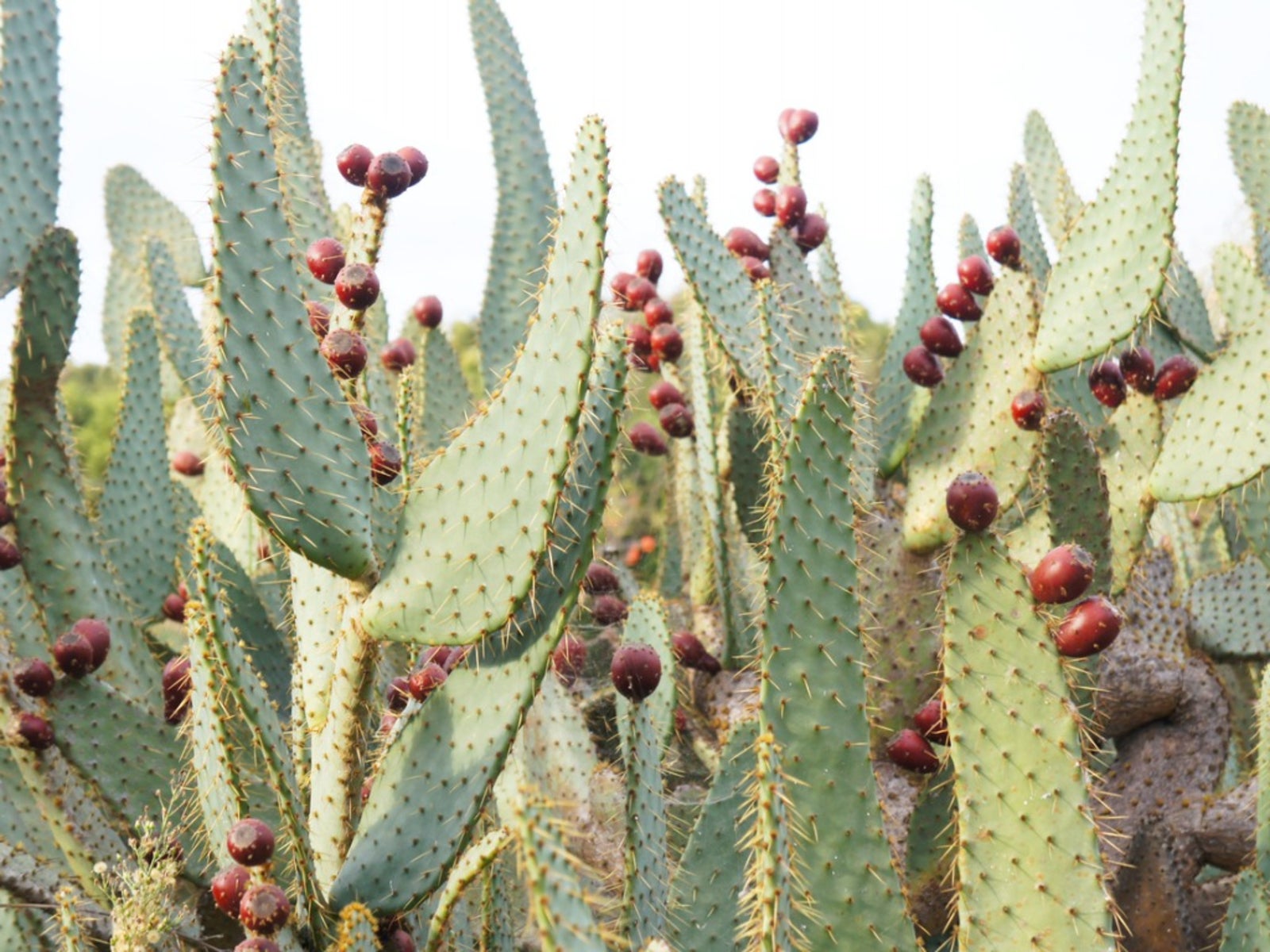Cow’s Tongue Plant Care: How To Grow A Prickly Pear Cow’s Tongue

Folks that live in hot climates often utilize native plants or plants that are drought tolerant. A great example is a cow’s tongue prickly pear (Opuntia lindheimeri or O. engelmannii var. linguiformis, also known as Opuntia linguiformis). Besides having a fabulous tongue in cheek name, prickly pear cow’s tongue is very tolerant of heat and dry conditions, plus it makes a great barrier. How do you grow a cow’s tongue cactus? Read on for some cow’s tongue plant care.
What is Cow’s Tongue Prickly Pear?
If you are familiar with the look of prickly pear cacti, then you have a good idea of how prickly pear cow’s tongue will look. It is a large, mounding cactus that can grow up to 10 feet (3 m.) in height. Branching are long, narrow pads that look almost exactly like, yep, a cow’s tongue seriously armed with spines. Native to central Texas where it gets hot, cow’s tongue cactus produces yellow blossoms in the spring that give way to bright purplish red fruit in the summer. Both the fruit and pads are edible and have been eaten by Native Americans for centuries. The fruit also attracts a variety of animals and has been used for livestock fodder during drought, wherein the spines are burned off so the cattle can eat the fruit.
Cow’s Tongue Plant Care
Cow’s tongue cactus looks great as a single specimen plant or massed in groups and is suited to rock gardens, xeriscapes, and as a protective barrier. It can be grown in USDA zones 8 to 11, perfect for southwest deserts or grasslands below 6,000 feet (1,829 m.). Grow cow’s tongue in dry, decomposed granite, sand, or clay-loam that is low in organic content. Soil should, however, be well-draining. Plant this cactus in full sun. Propagation is from seed or pad. Broken pads can be used to start another plant. Just let the pad scab over for a week or so and then put it in soil. Prickly pear cow’s tongue is drought tolerant so it rarely needs to be watered. Err on the low side of watering, about once per month, if at all, depending upon weather conditions.
Sign up for the Gardening Know How newsletter today and receive a free copy of our e-book "How to Grow Delicious Tomatoes".

Amy Grant has been gardening for 30 years and writing for 15. A professional chef and caterer, Amy's area of expertise is culinary gardening.
